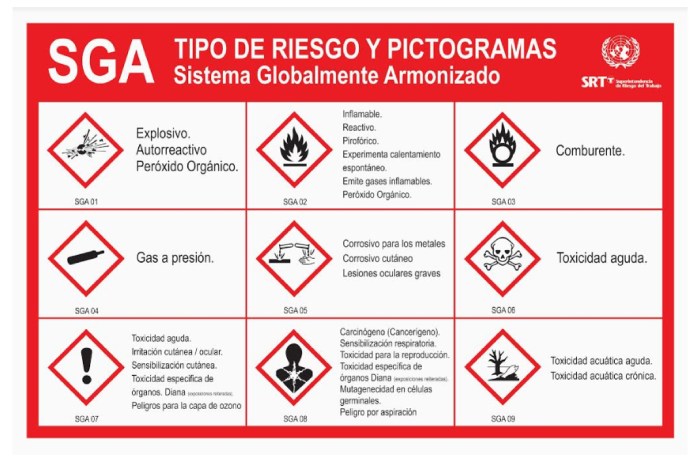Does Nail Polish Remover Take Off Gel Polish?
Nail Polish Remover and Gel Polish Removal: Does Nail Polish Remover Take Off Gel Polish
Does nail polish remover take off gel polish – Removing gel polish can be tricky, often requiring more than just a swipe of regular nail polish remover. This article delves into the science behind gel polish removal, comparing different methods and highlighting factors that influence success. We’ll explore the chemical properties of both gel polish and nail polish removers, detailing their interaction and providing practical guidance for safe and effective removal.
Nail Polish Remover Composition and Gel Polish Properties
Understanding the chemical makeup of nail polish removers and the structure of gel polish is crucial for effective removal. Nail polish removers primarily consist of solvents, with acetone being the most common and effective. Acetone-free removers typically utilize ethyl acetate, butyl acetate, or other less potent solvents. Gel polish, on the other hand, is a complex mixture of polymers, photoinitiators, and pigments.
The key to its durability lies in its polymerization process, triggered by UV or LED light, creating a hard, durable layer bonded to the natural nail.
Acetone, a highly volatile and polar solvent, effectively dissolves many of the polymers in gel polish due to its strong dipole-dipole interactions. Acetone-free removers, while gentler, often require longer exposure times due to their weaker solvent power. The solubility of gel polish components varies depending on the specific formulation; some polymers are more readily dissolved by acetone than others.
This explains why removal times and effectiveness can differ across various gel polish brands.
The Interaction Between Nail Polish Remover and Gel Polish

Source: kittycraftandco.com
Acetone’s effectiveness stems from its ability to break down the polymer chains within the gel polish. When applied, acetone molecules penetrate the gel layer, weakening the intermolecular forces holding the polymer chains together. This process gradually dissolves the gel, allowing it to be easily removed. The time required for complete dissolution depends on factors such as the concentration of acetone, the thickness of the gel layer, and the specific gel polish formula.
At a molecular level, acetone’s polar nature allows it to interact with the polar groups within the gel polish polymers, disrupting the hydrogen bonds and other intermolecular forces responsible for the gel’s structure. This interaction causes the polymer chains to separate, leading to the dissolution of the gel layer. Thicker layers of gel polish naturally require longer exposure to acetone for complete removal.
The brand of gel polish can also impact removal time, as different formulations may have varying degrees of resistance to acetone.
Methods for Removing Gel Polish

Source: isquisa.com
Several methods exist for removing gel polish, each with its advantages and disadvantages. The most common methods include acetone soak-off and e-file removal.
| Method | Time Required | Tools Needed | Potential Drawbacks |
|---|---|---|---|
| Acetone Soak-Off | 10-20 minutes | Acetone, cotton balls, aluminum foil, cuticle pusher | Can dry out nails, potential for skin irritation |
| E-File Removal | 5-15 minutes | Electric file, various bits, buffer | Requires skill and precision to avoid nail damage |
The acetone soak-off method involves saturating cotton balls with acetone, placing them on the nails, and covering them with aluminum foil to maintain moisture. After the specified time, the softened gel is gently scraped away using a cuticle pusher. It’s crucial to avoid aggressive scraping, which can damage the natural nail.
E-file removal requires a skilled technician. The process involves using different bits on an electric file to carefully file away the gel layer. Each step requires precision to prevent damage to the natural nail. Step 1: Lightly buff the surface of the gel polish. Step 2: Use a coarse bit to remove the bulk of the gel.
Step 3: Switch to a finer bit to smooth the nail surface. Step 4: Buff the nail gently to remove any remaining residue. Safety precautions include using proper bit pressure and avoiding prolonged contact with the natural nail.
Factors Affecting Removal Success, Does nail polish remover take off gel polish
Several factors influence the ease and success of gel polish removal. Older gel polish is often more difficult to remove due to increased cross-linking and polymerization of the gel. Similarly, thicker applications require longer soak times or more aggressive filing. Incomplete removal can lead to lifting and chipping of subsequent polish applications. Nail damage, such as thinning or dryness, can occur due to excessive filing or prolonged acetone exposure.
To minimize damage, use gentle techniques, avoid excessive filing, and moisturize nails regularly.
Alternatives to Acetone for Gel Polish Removal
While acetone is the most effective solvent, alternatives exist for those with sensitivities or preferences for gentler methods. Acetone-free removers, while less potent, can remove gel polish, albeit often requiring longer soak times. Other alternatives include soaking nails in warm, soapy water or using specialized gel polish removal products that contain alternative solvents. These methods are typically less effective than acetone, potentially requiring multiple applications or more time.
The effectiveness of these alternatives is often lower, requiring patience and multiple applications.
For example, a non-acetone remover might involve soaking nails in a solution of ethyl acetate and other solvents. The process is similar to the acetone soak-off method, but the time required for complete removal may be significantly longer. Additionally, some specialized removal products incorporate ingredients that help to break down the gel polish without relying solely on strong solvents.
These products often involve a combination of solvents and other chemical agents that aid in the dissolution process.
Key Questions Answered
Can I use non-acetone remover on gel polish?
Non-acetone removers are generally ineffective at removing gel polish. Acetone is necessary to break down the gel’s polymer bonds.
How long should I soak my nails in acetone?
Soaking times vary depending on the gel polish brand and thickness, but typically range from 10-20 minutes. Check frequently to avoid over-soaking.
Will removing gel polish damage my natural nails?
Improper removal techniques can damage nails. Following proper procedures and using cuticle oil afterward helps minimize damage.
The simple answer to “does nail polish remover take off gel polish?” is no. Regular nail polish remover lacks the strength to dissolve the hardened gel. To understand why, consider the question: will nail polish remover remove gel polish? The answer, as explained in detail at will nail polish remover remove gel polish , is a definitive no.
Therefore, attempting to remove gel polish with standard remover will be ineffective and may even damage your natural nails.
What are the signs of a bad gel polish removal?
Signs include lingering gel residue, uneven removal, or significant nail thinning or peeling.
















